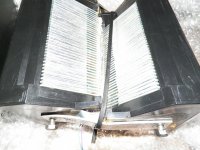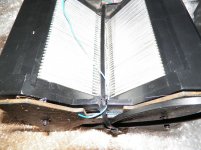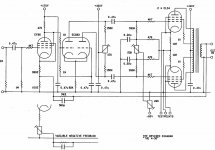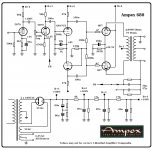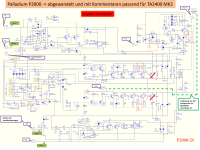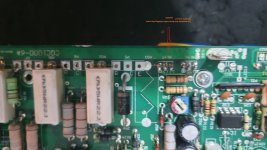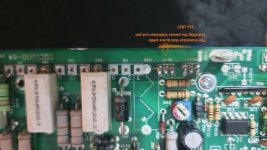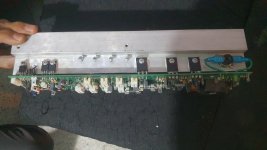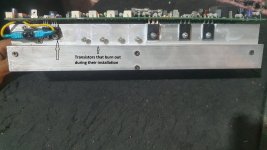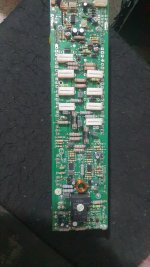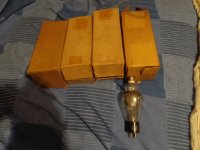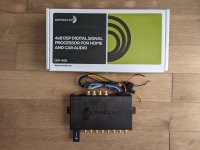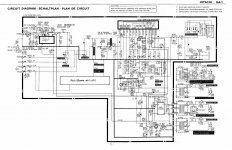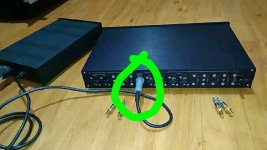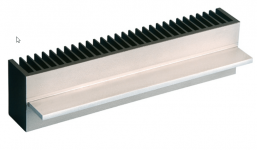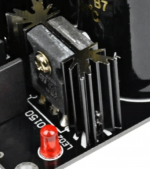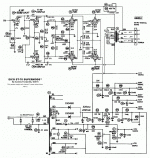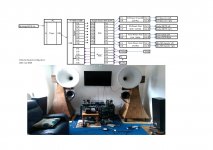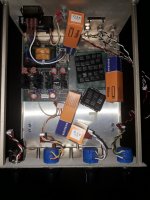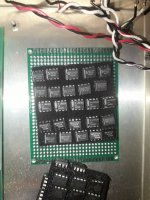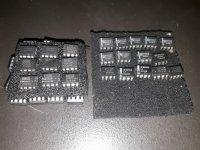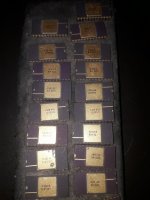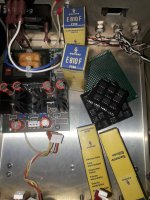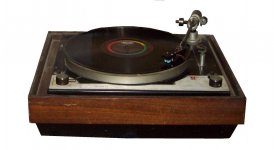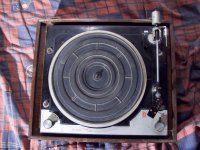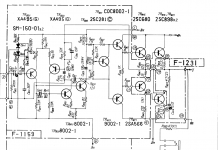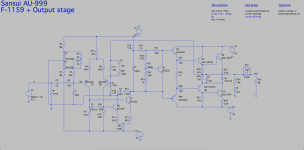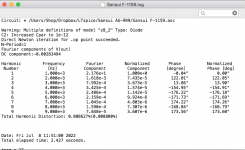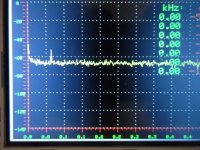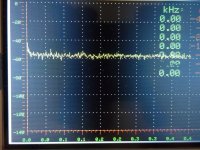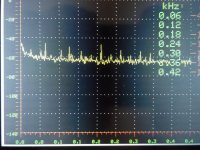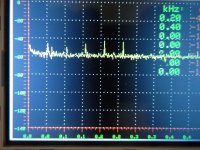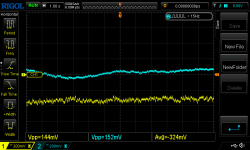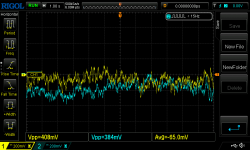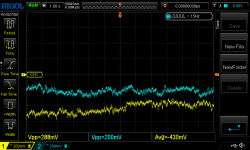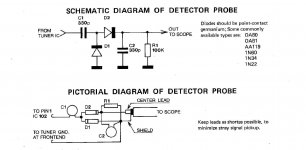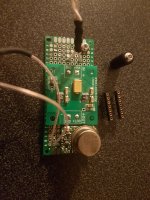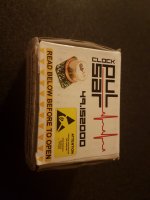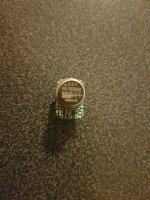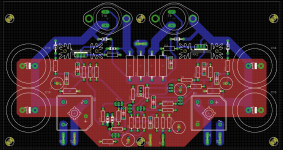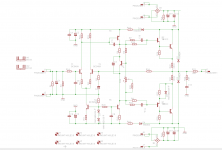Hello hello,
This is my first post here after spending a few late nights on the forums and imagining my first speaker build. Apologies in advance for any errors of diyAudio etiquette. Let me know if I should be moving this thread to another forum!
I'm an audio/music fan (but far from an expert or audiophile), and I'm planning a speaker build with my brother who is an artist and furniture designer. We'd like to make a (hopefully) simple pair of single-driver/full-range loudspeakers. We'd like them to sound
good, with a decent frequency response, but we don't need them to sound exceptional. Better than a little Sonos unit, I'd hope, but no need to compete with £5000 audiophile speakers. HOWEVER, we'd like to get quite creative with the aesthetic design. And I'm struggling to find much info on how specific aesthetically-motivated changes will affect sound, so I thought I'd stick my neck out and ask the diyAudio experts!
I have loads to read and learn, especially if not following a pre-existing build plan. But before we go further, I have two big questions which will affect our approach:
1. What are the important considerations when fixing additional material to the outside of a speaker cabinet? For example, could we build a tried and tested speaker, and then glue/screw another empty box on top of it in order to change the physical proportions for aesthetic reasons? Another example: could we glue/screw little details onto the side, top, or bottom of a cabinet, such as a small carved wooden sculpture?
2. Are there any limitations to veneer materials, assuming an mdf enclosure? In particular, we are interested in using a thin aluminium veneer, as well as burr walnut and white melamine (not all together!). It would be great to know if there are any 'no-go' materials for veneers?
For what it's worth, my current plan is to use the Mark Audio Alpair 10p, which seems to be well-regarded. Depending on answers to the above, I'm imagining we'll use one of the build plans on the Mark Audio website (e.g.
https://www.markaudio.com/wp-content/uploads/2022/08/Despina-Alpair-10.3-10P-RTL.png OR
http://wodendesign.com/downloads/simpleReflex-103-10p-plan-100214.pdf), at least to give us a basic structure. As a bonus question, I'm wondering to what extent we could change the positioning of the driver and port holes on tried and tested transmission line and vented designs, as long as the volumes and circumferences remained the same? E.g. putting the driver in the middle of the box rather than towards the top.
Thanks in advance for your patience, and for any help you're able to offer!
Lewis
